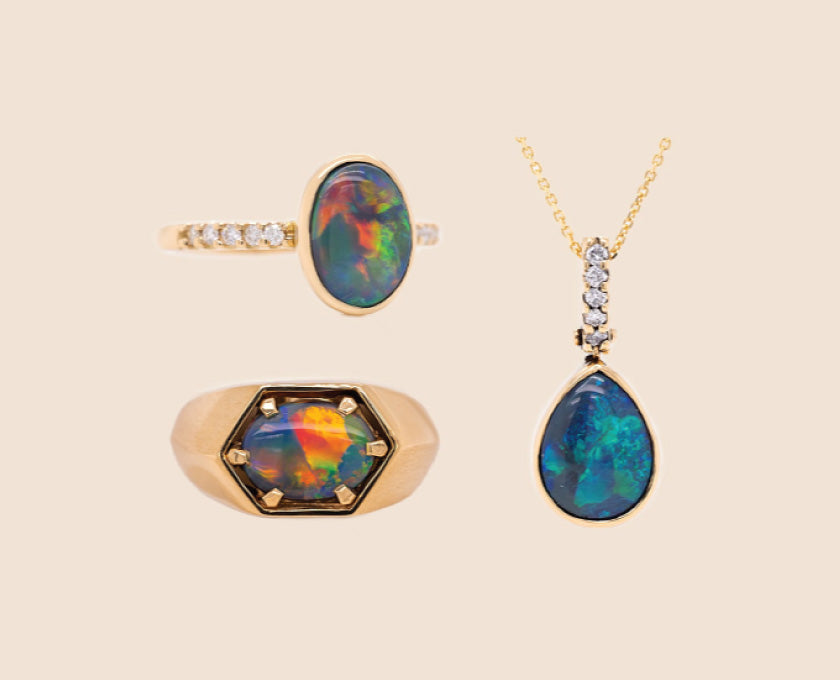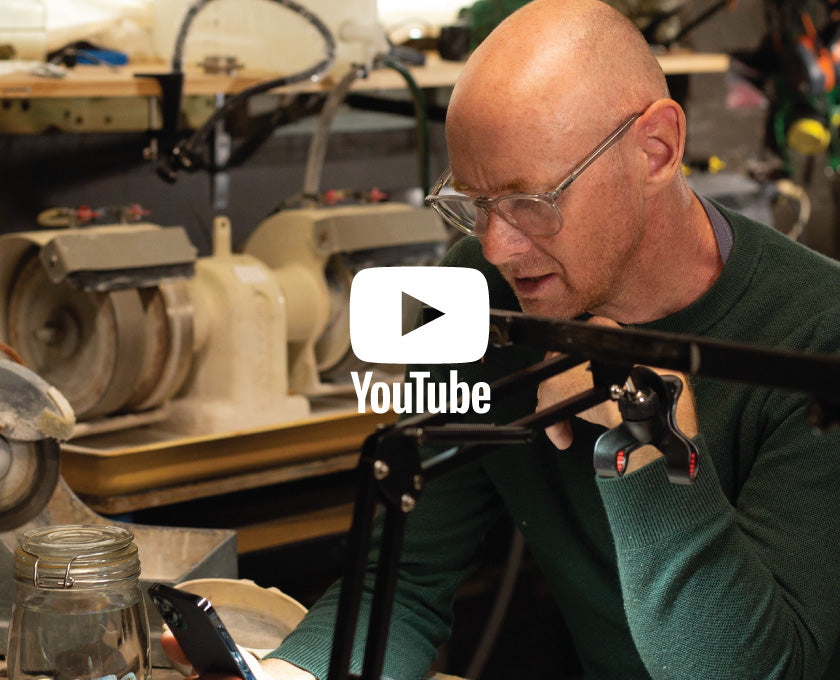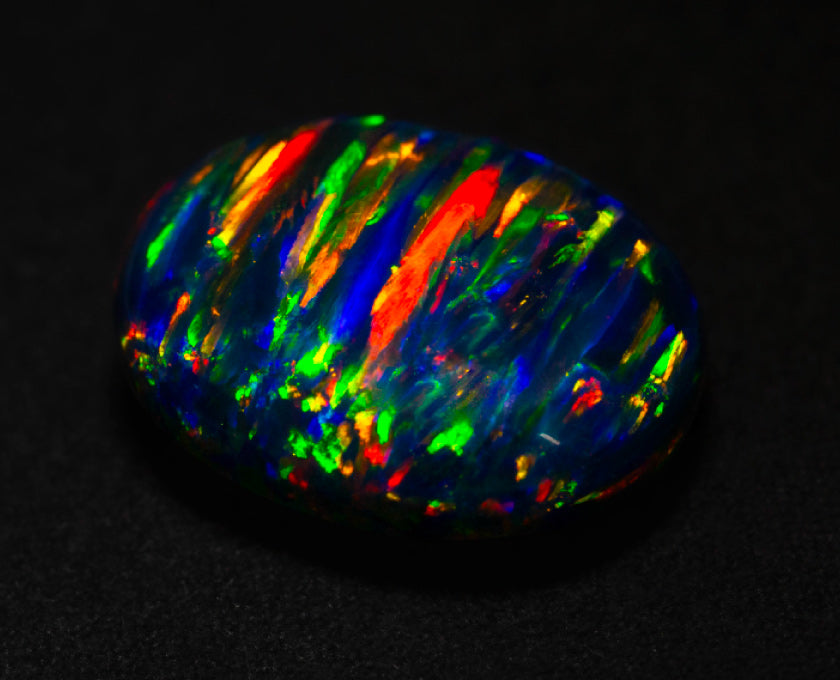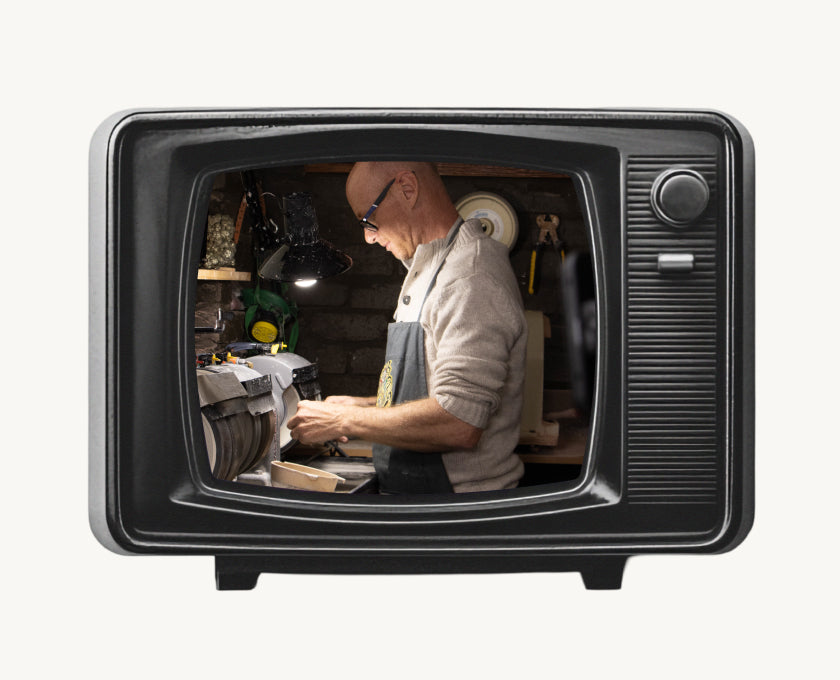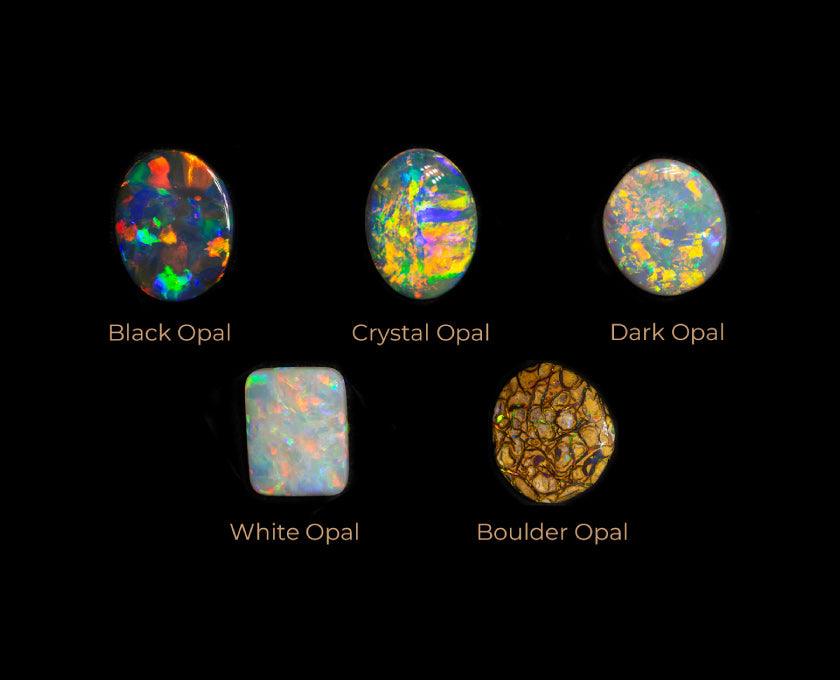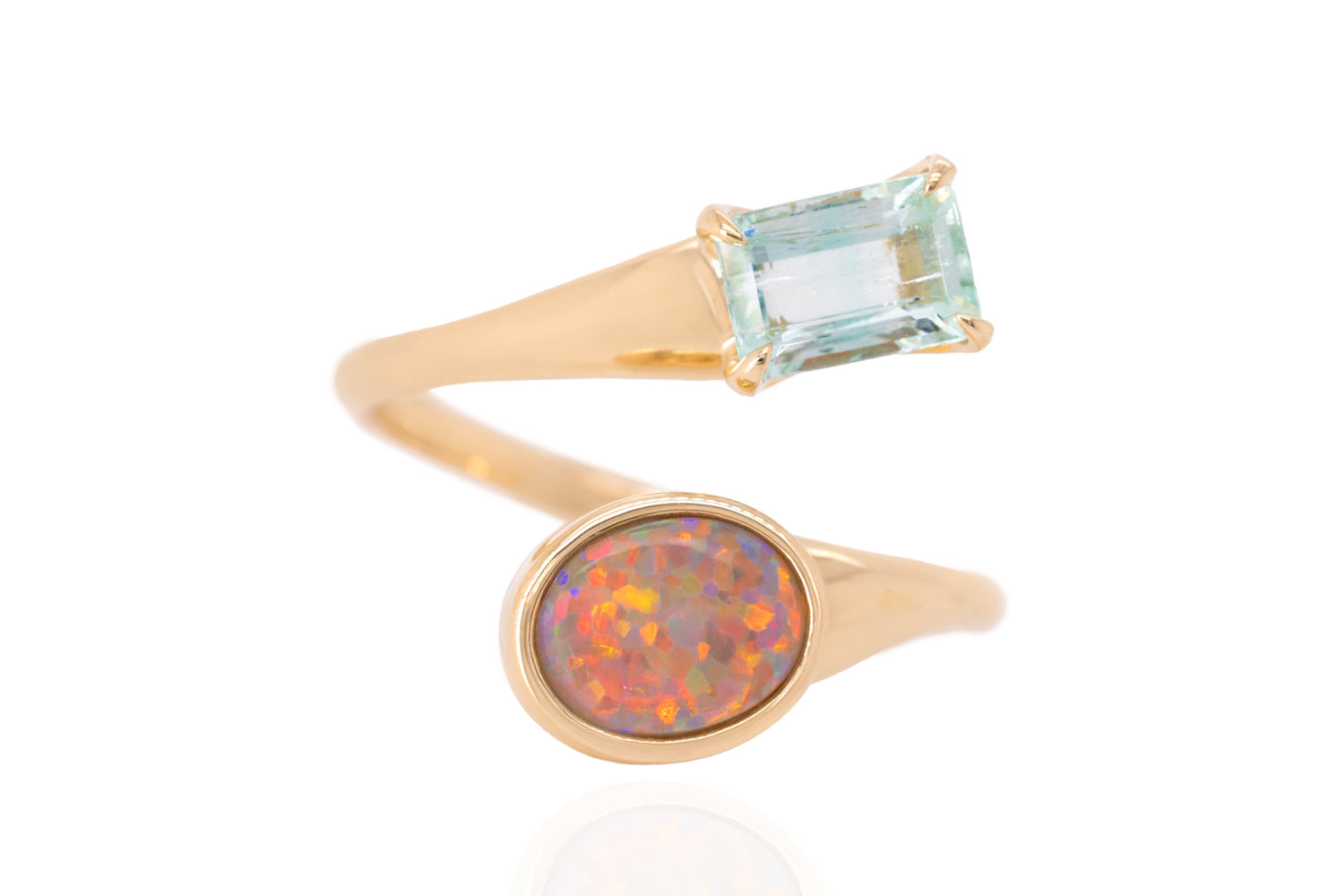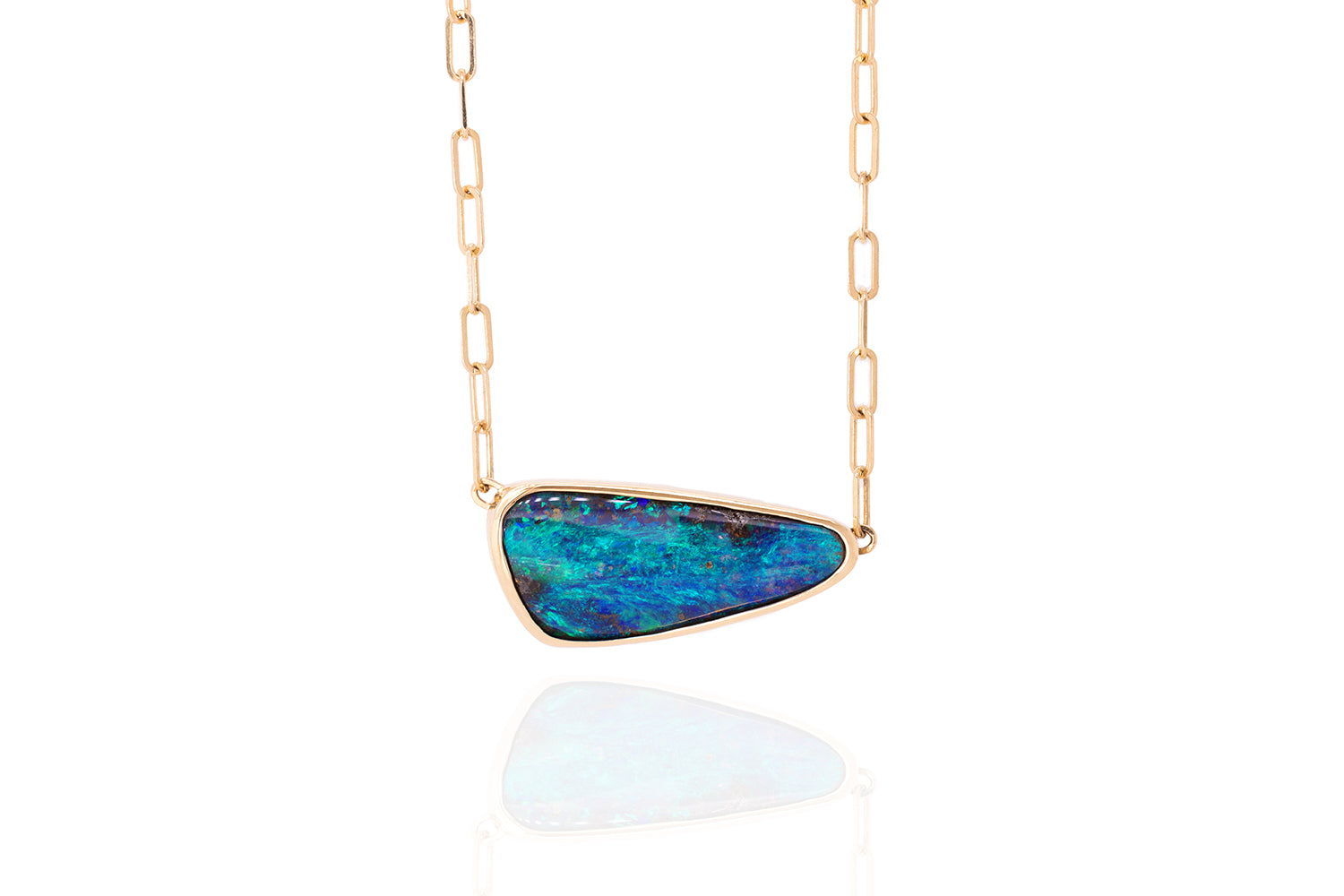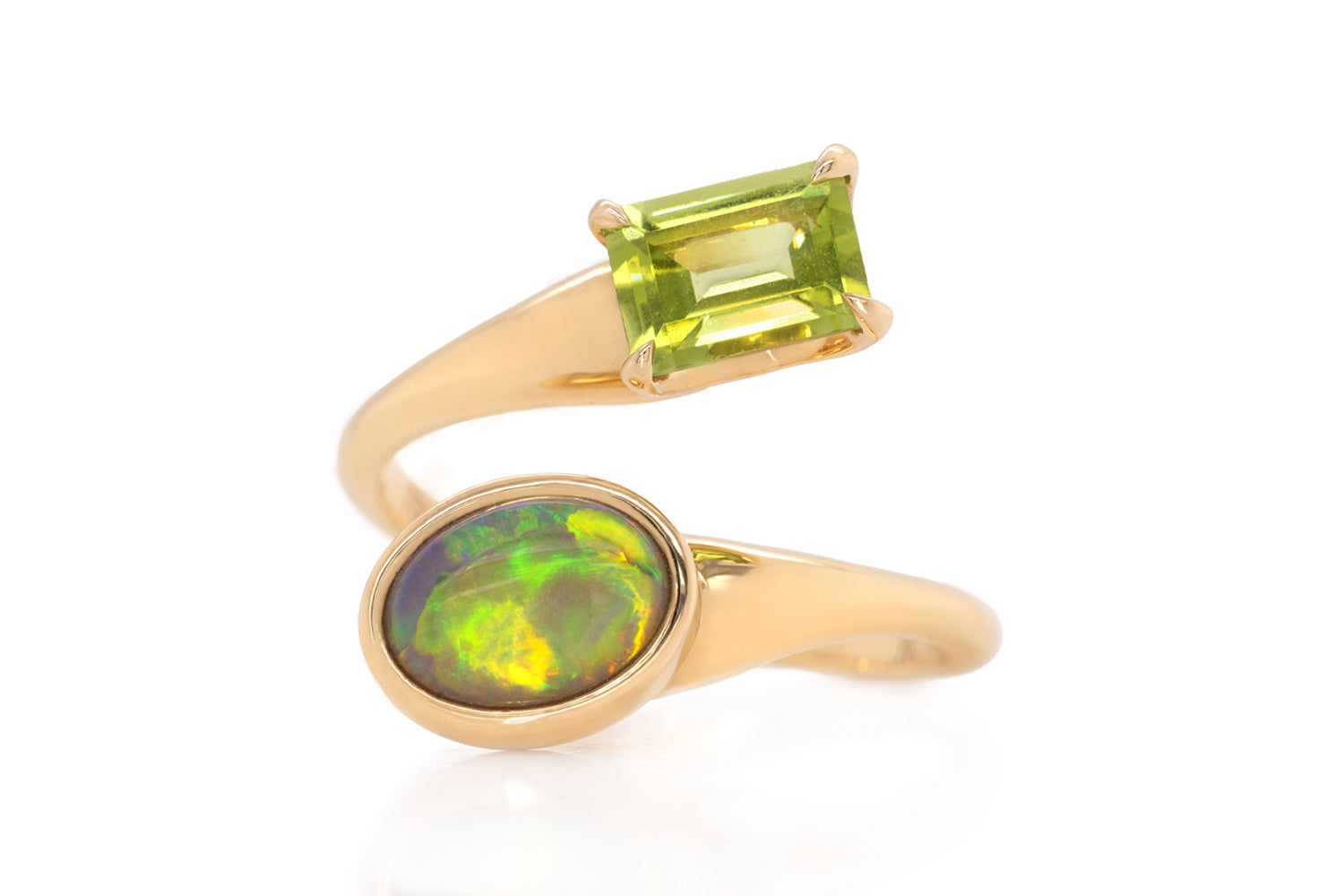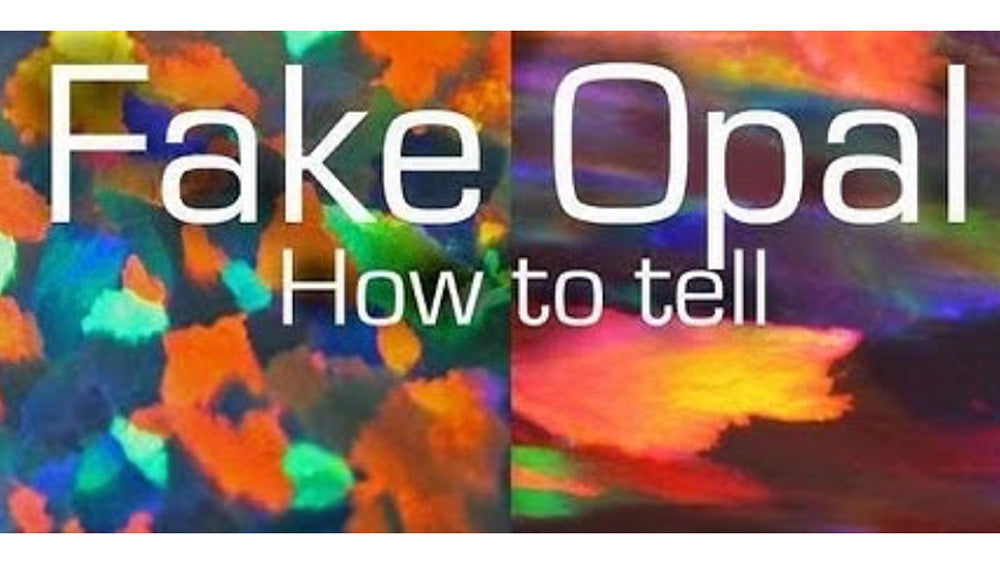In this video, we show you how to spot a fake black opal. Unfortunately, much of the opal being misrepresented as Lightning Ridge black opal is actually Ethiopian crystal opal treated. It is difficult to stamp out the practice in such a small boutique industry, but with your knowledge and help, we can say no to these unscrupulous sellers and stop making it worthwhile.
Our main points to look out for are:
- Potch on the back. While double-sided opals do exist, they are rare, and in most cases, an absence of potch and color all the way through the black opal can indicate that the opal was initially a crystal that had been treated to resemble black opal.
- Pitting in the polished surface. Again, this is a tell-tale sign that treatment may have occurred.
- If both of the above are present and no disclosure of treatment is made, please proceed with caution as the stone is probably treated.
Watch the video to see some examples.
Let us know what you think by commenting below, and if you spot what you think is fake – comment by posting the link, and we will check it out. After all, the more people are aware, the better it is for us all.
Read more

This week has been tough for many of our customers as they deal with Hurricane Sandy and the aftermath.We are thinking of you all and pray that you and your families are okay. The image above repre...
Blue Opal is a common term that refers to the dominant opal color, not the body color (i.e. black, semi-black, white), as is thought by some. Universally blue is the most popular color globally and...

